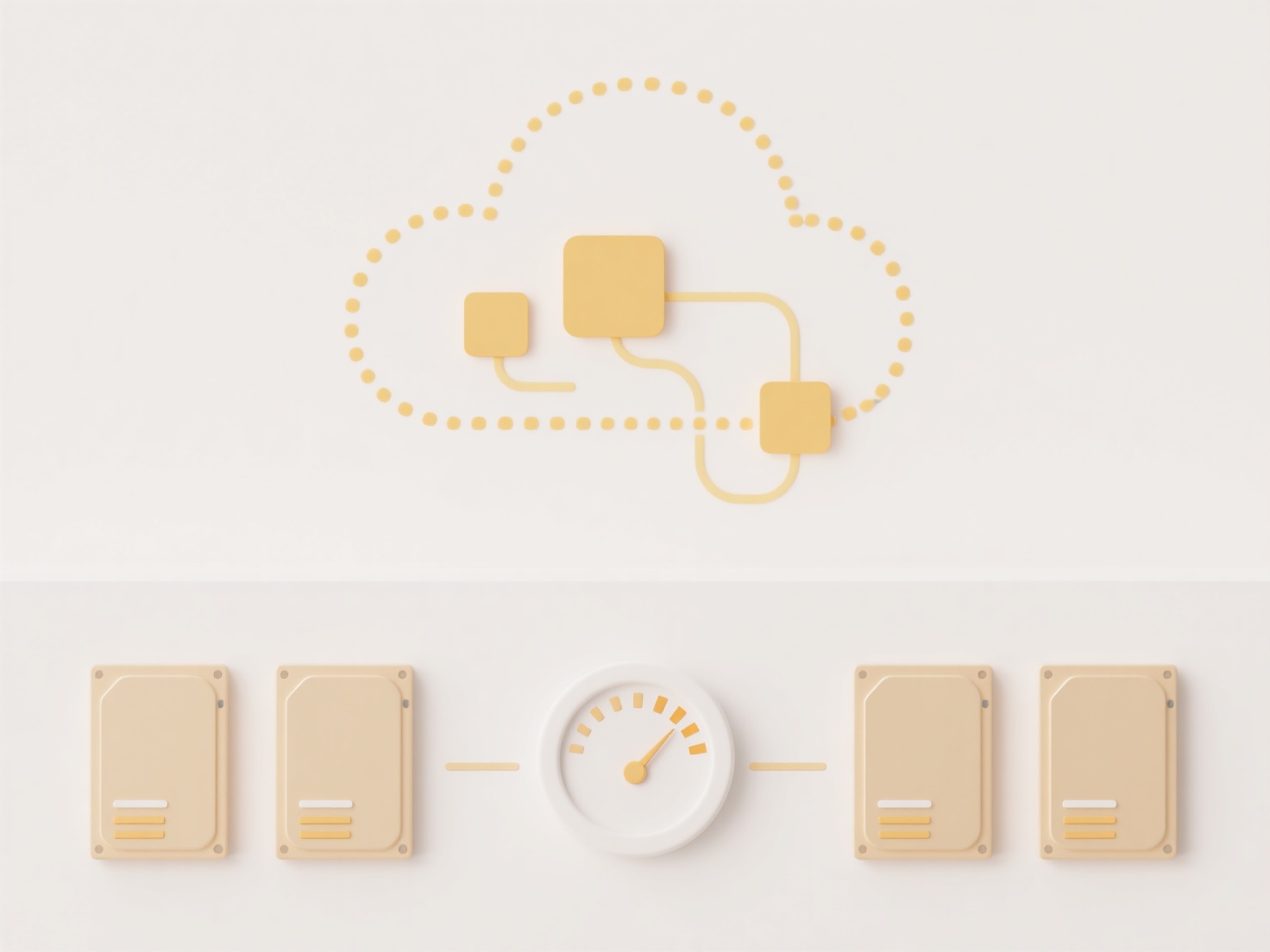
Tracking the location or IP address of users accessing a shared file refers to identifying the unique numerical label assigned to their device on the internet and roughly determining its geographical origin. This differs from knowing who accessed the file because an IP address typically only identifies the network entry point, not the specific individual user. Most cloud storage and file-sharing services do not automatically reveal the exact IP or precise real-time location of viewers through the sharing link alone to the file owner; identification usually requires the user to be signed into an account associated with the service.
For practical application, services like Google Drive's Activity Dashboard or Microsoft SharePoint file analytics can show organizational details like "accessed by user X from country Y" if the viewer is signed into an account linked to that organization. External auditors investigating data leaks might correlate server logs containing IP addresses with timestamps matching file access events. However, standard file sharing links sent to anonymous recipients generally lack built-in, granular viewer IP/location tracking accessible directly to the sharer.

While the desire to know who accessed sensitive files exists, obtaining individual IPs raises significant privacy implications and potential legal compliance issues (such as GDPR or CCPA) concerning user consent and data collection transparency. Attempting to implement IP logging via hidden methods can create security risks and erode trust. The future involves improved legitimate auditing features within enterprise platforms that balance transparency with strong user privacy safeguards, rather than enabling indiscriminate tracking through shared links.
Can I track location or IP of users accessing a shared file?
Tracking the location or IP address of users accessing a shared file refers to identifying the unique numerical label assigned to their device on the internet and roughly determining its geographical origin. This differs from knowing who accessed the file because an IP address typically only identifies the network entry point, not the specific individual user. Most cloud storage and file-sharing services do not automatically reveal the exact IP or precise real-time location of viewers through the sharing link alone to the file owner; identification usually requires the user to be signed into an account associated with the service.
For practical application, services like Google Drive's Activity Dashboard or Microsoft SharePoint file analytics can show organizational details like "accessed by user X from country Y" if the viewer is signed into an account linked to that organization. External auditors investigating data leaks might correlate server logs containing IP addresses with timestamps matching file access events. However, standard file sharing links sent to anonymous recipients generally lack built-in, granular viewer IP/location tracking accessible directly to the sharer.

While the desire to know who accessed sensitive files exists, obtaining individual IPs raises significant privacy implications and potential legal compliance issues (such as GDPR or CCPA) concerning user consent and data collection transparency. Attempting to implement IP logging via hidden methods can create security risks and erode trust. The future involves improved legitimate auditing features within enterprise platforms that balance transparency with strong user privacy safeguards, rather than enabling indiscriminate tracking through shared links.
Quick Article Links
What are common mistakes when organizing document folders?
What are common mistakes when organizing document folders? Ineffective document organization often stems from inconsis...
What should I do if a shared link says “file not found”?
Encountering a "file not found" error means the link you clicked directs to a file that the hosting service cannot locat...
How to design a folder tree that supports search and retrieval?
How to design a folder tree that supports search and retrieval? A well-designed folder tree provides a systematic stru...